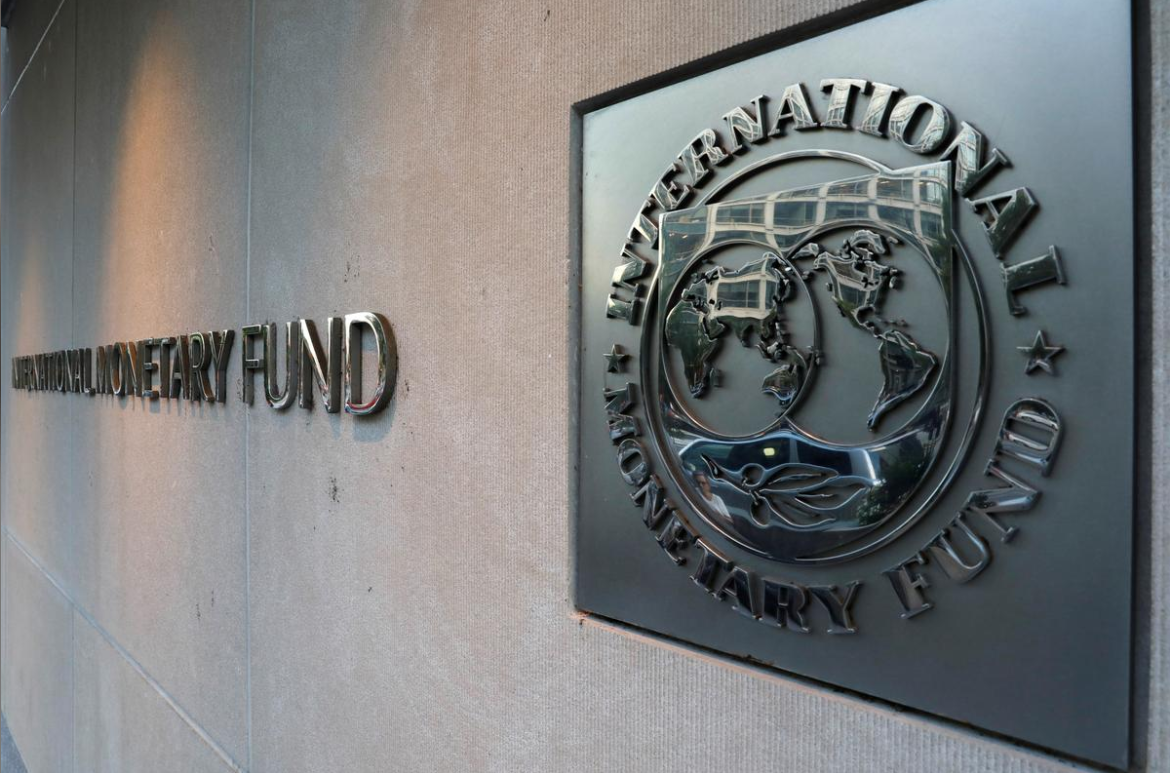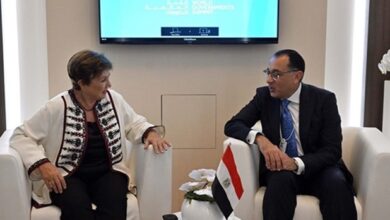As the dust settles following the “Arab Spring,” which unseated some of the Middle East’s longest surviving dictators, elected governments have formally entered a tough race against time to meet the wide range of expectations of their people. This places a large burden on the extremely exhausted finances of these countries.
Egypt — a leading member of the ‘Arab Spring club’ — is currently going through a heated debate over its intended US$4.8 billion loan from the International Monetary Fund. The majority of these debates are conducted within the realm of media wars.
Opponents have cited the famous imaginary discussion between President Gamal Abdel Nasser and the World Bank’s Eugene Black about funding the high dam in an attempt to lead a passionate charge against the loan. This in turn has deepened the public’s confusion between the World Bank and the IMF. Some supporters went to an extreme that considered the loan a shortcut to forthcoming economic prosperity. More surprisingly, some religious figures issued statements to confirm that the transaction is Sharia compliant.
In order to assess the necessity of this loan or others, economics textbooks instruct us that the borrowing decision should incorporate the full assessment of the borrowing rationale, related costs and intergenerational equity. The latter is meant to ensure that our grandsons do not pay the bill for our luxurious current consumption.
The absence of an elected parliament to assess the needs and monitor the disbursement should raise serious legitimacy and accountability concerns about the process related to this loan. Despite having the first elected civilian president in Egypt’s modern history in office for more than two months, Egyptians have heard little about a comprehensive economic rehabilitation plan.
Given the impact of the recent developments on economic performance, worries about the increase in Egypt’s external debt and ability to shoulder the associated debt service emerge. Egypt’s total public debt — domestic and external — was LE1.09 trillion, or roughly 83 percent of GDP in June 2011. Of this total, the external debt was LE159 billion ($27 billion) or 12.2 percent of GDP, and later jumped to 14 percent in March 2012.
This trend is likely to persist as the economy grew by just 2.2 percent in 2012, and government borrowing amounted to LE136 billion since July 2012. The risks of this loan emerge as external pressures on the economy persist. The trade deficit is widening, and imports are climbing, reaching a 27-month record high in March 2012. Fiscal distortions are growing as well; subsidies are more than 25 percent of total expenditure, while debt services are another 25 percent.
Egypt’s sovereign debt should start to be a major concern to policy makers and to the public. The government faces pressures to boost current spending, and is solely fixated on borrowing as an escape. Saudi and Qatari deposits should be considered liabilities on the Central Bank. They are short-term remedies to long term structural issues. The government cannot keep burdening the financial sector; banks have already crossed red lines accumulating government debt beyond safe limits.
A proactive forward look advises that foreign borrowing should be coupled with more reliance on domestic resources. Economic policy is in need of innovative options that are less costly. This includes aggressive engagement in Libya’s and Iraq’s reconstruction. This will directly reflect on relief on the excess demand for jobs by the poorest tier of the unemployed, and will also revive streams of remittances that withered as waves of the Arab spring rocked many of Egypt’s neighbors.
The infrastructure and energy sectors are on the brink of total failure. It might be the right time for a nationwide master plan for the maintenance and repair of public utilities that will immediately create jobs, especially in Upper Egypt and the Delta. There are many innovative success stories for infrastructure project-financing through leveraging private savings; Malaysia is one. A public–private investment fund with accountable governance structure is a feasible option.
Subscription needs to be transparent and well publicized. It should not levy government finances as it provides a good opportunity for mobilizing resources and job creation. The government can also bet on the people’s support for a national campaign to welcome tourists for the ew year and revitalize the upcoming winter season, especially in relatively calm areas in South Sinai and Upper Egypt.
Egypt’s economic policy should bypass spirals of randomness and abandon illusionary ideologies. In short, the issue of the government’s debt needs to be handled in the context of an overall economic revitalization program for the economy. There is a need to balance the equation of job creation and better quality of life, and at the same time keep the expected trends of public debt sustainable and controllable to promise a better future for our sons and grandsons.
Ahmed Rostom is a Ph.D. Candidate at George Washington University’s Economics Department.
This article was originally published in Egypt Independent's weekly print edition.



